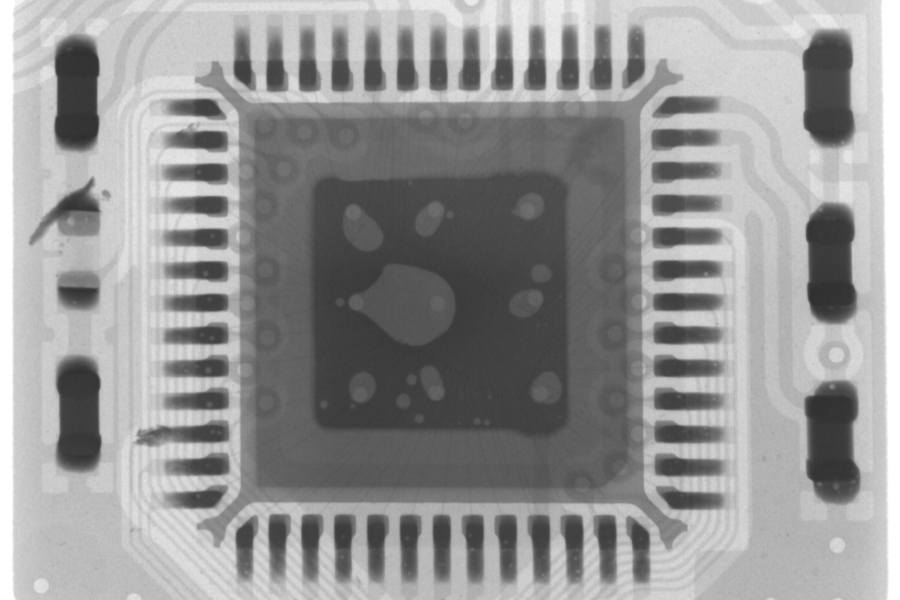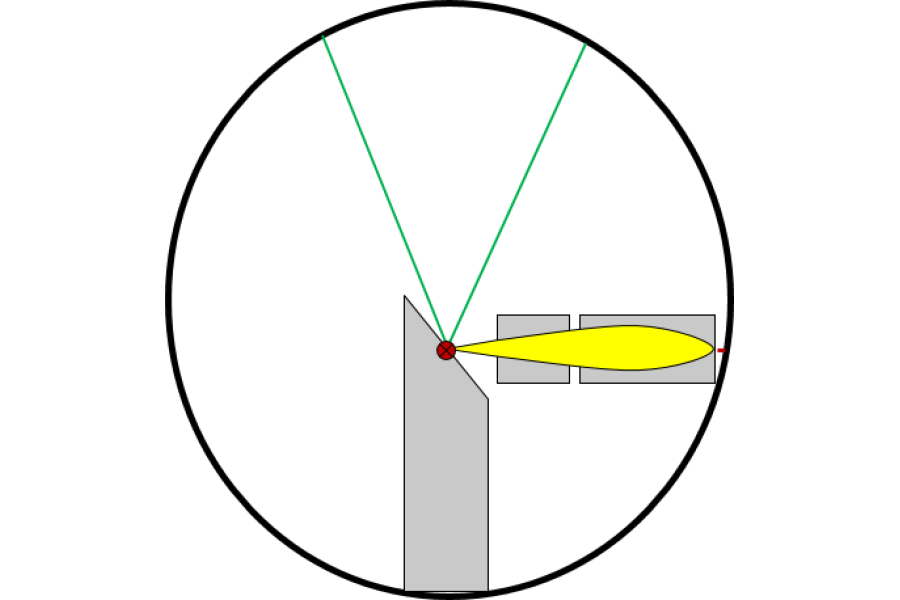How Wellman X6800 Enables Solder Filling Inspection?
Intro In the world of electronic manufacturing, ensuring the quality of through-hole solder joints is crucial for product reliability. Traditional inspection methods often struggle to reveal internal solder filling conditions without destructive testing. This is where the Wellman X6800 X-ray inspection system steps in, providing a powerful, non-destructive solution for evaluating solder fill rates with […]
How Wellman X6800 Enables Solder Filling Inspection? Read More »










